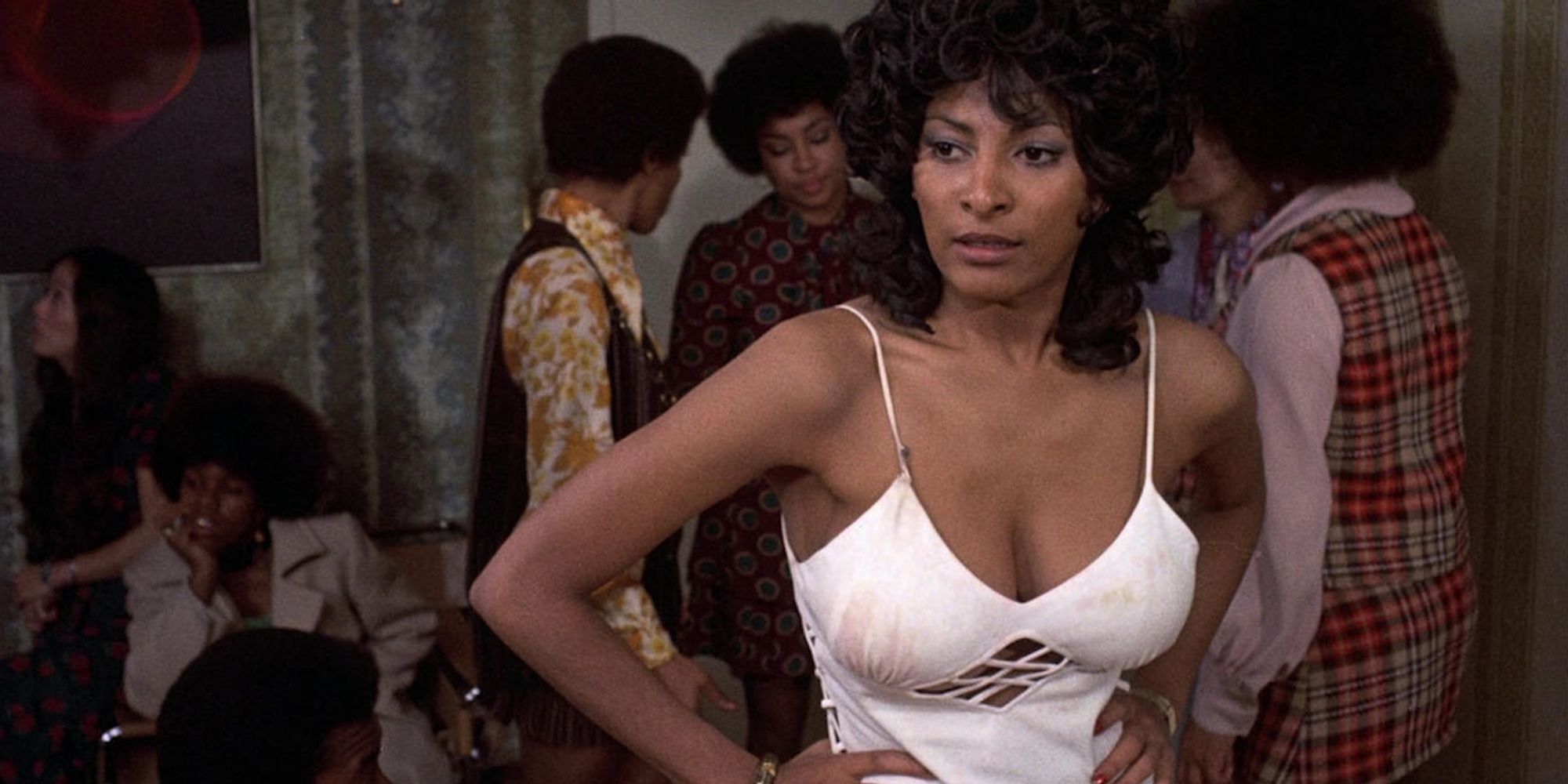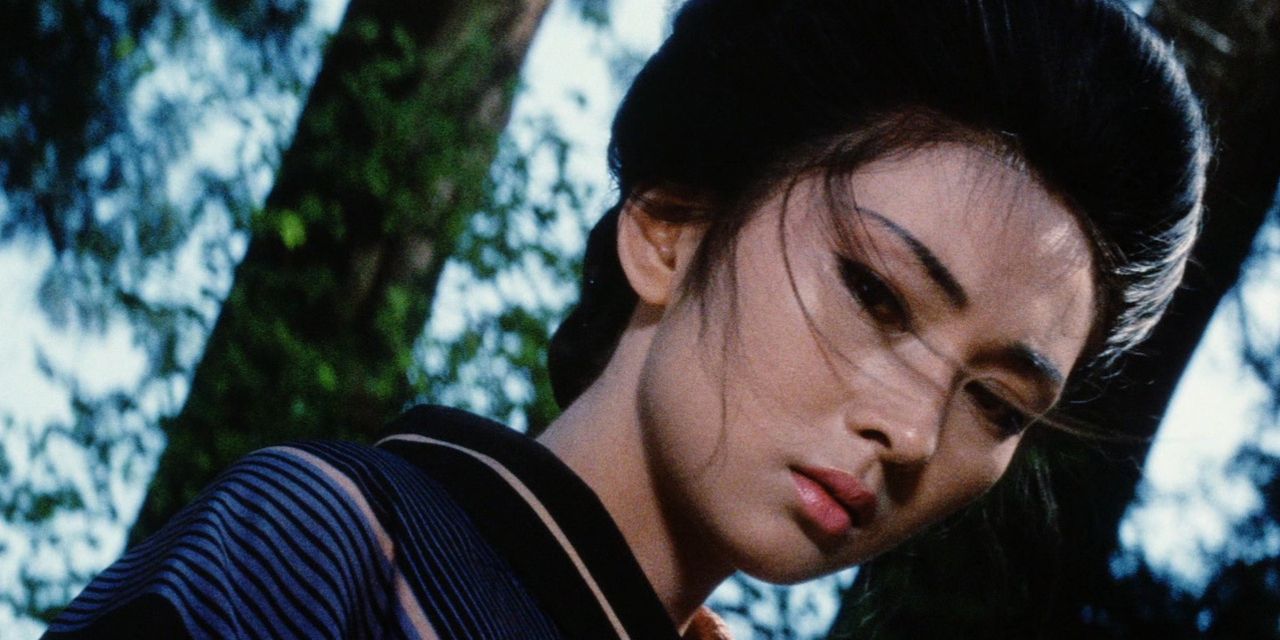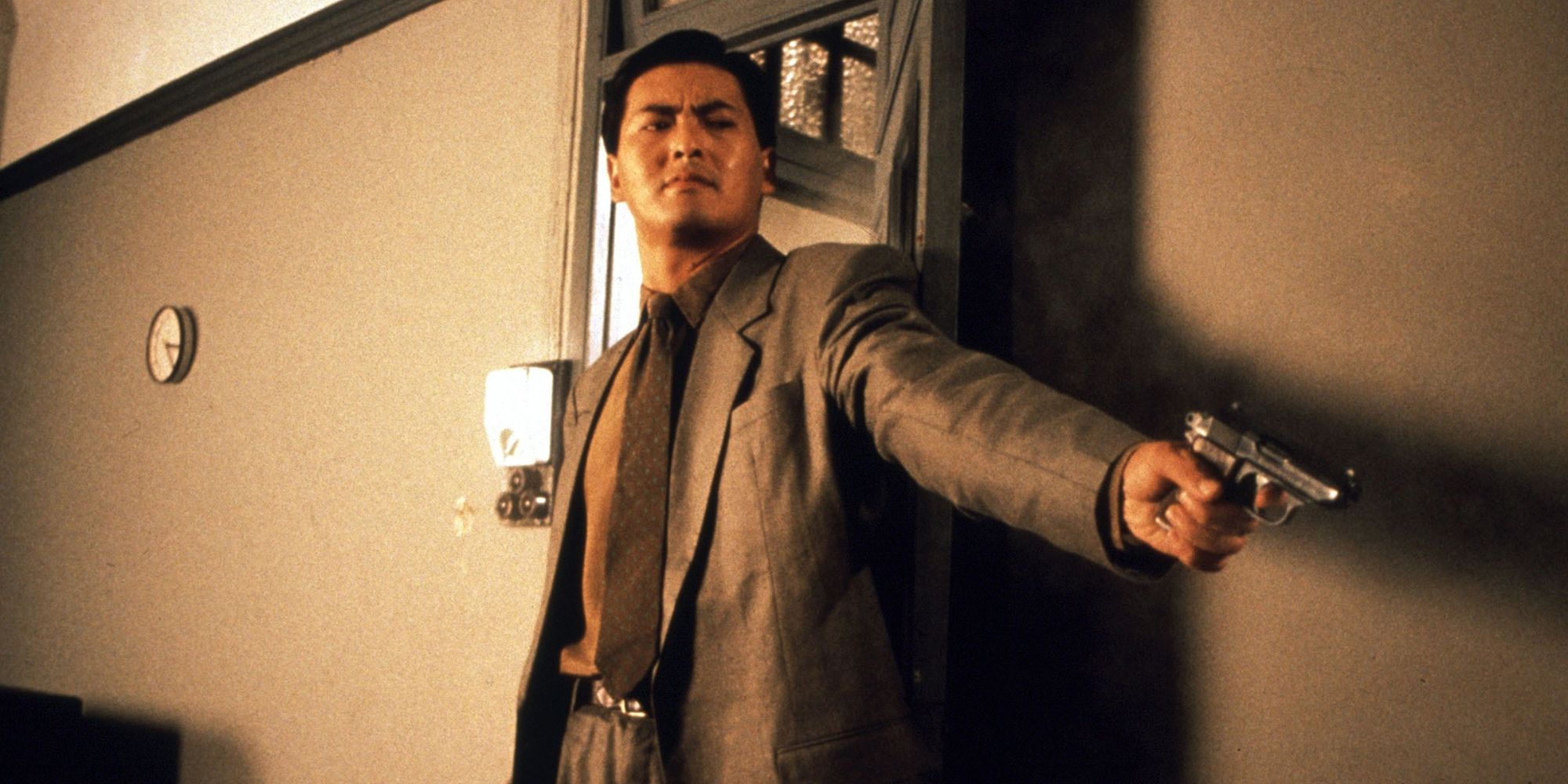The Big Picture
It’s always fun to dive into the homework a director gives an actor prior to filming their collaboration, especially when that director is a religious cinephile like Quentin Tarantino, who just prior to shooting Kill Bill, gave star Uma Thurman three classic action movies from different parts of the world so that she could embody the Bride with all her fury. Earlier this year, Greta Gerwig compiled a 33-film Barbie watchlist that highlighted the unlikely influences feeding into her box office smash. In Tarantino’s case towards Thurman, the list was significantly sparser and more direct, consisting of Jack Hill’s Pam Grier-star making 1973 blaxploitation classic Coffy, Toshiya Fujita’s jidaigeki classic of the same year Lady Snowblood, and action auteur John Woo’s 1989 hitman-with-a-heart-of-gold flick The Killer.
That’s quite the weekend marathon! Tarantino has gone on record to candidly admit that he “steals from every movie ever made,” elaborating that “Great artists steal; they don’t do homages”. This type of mix-and-match philosophy is why the Bride wears Bruce Lee’s iconic yellow jumpsuit from Game of Death, or why the same music from The Good, the Bad and the Ugly can be found in Kill Bill’s second installment when the Bride exits the church to find Bill (the song in question is Ennio Morricone’s “Il Tramonto,” played during Lee Van Cleef’s introduction of Leone’s classic). Even Daryl Hannah’s Elle Driver (code name: California Mountain Snake) seems to be directly lifted from 1973 Swedish rape-revenge thriller They Call Her One Eye. But with so many influences pulsating throughout, why is it that the three above are the most important to the Bride and her journey?
‘Coffy’ Is THE Blaxploitation Classic
Quentin Tarantino’s appreciation of the blaxploitation genre should be evident from his revival of Pam Grier’s career in 1997’s Jackie Brown, but no one resembles the titular lead character of Jack Hill’s Coffy like the Bride. Itself a female-driven revenge story, the film follows Nurse Flower Child “Coffy” Coffin’s one-woman crusade against inner-city drug rings to extract revenge on the dealing population in the wake of her late sister’s overdose. Filthy, debaucherous, and obscenely violent, Coffy encounters no shortage of piggish men who she seduces only to put in their place (though unlike Carey Mulligan in Promising Young Woman, Coffy puts them in place with her shotgun). But it’s not just the female-driven blood-and-guts that Tarantino pulled for pastiche…
Perhaps why Coffy serves as such a powerful blueprint for the Bride comes from the fact that no matter how far up the ladder she climbs, revealing the political corruption that maintains the affluence of the drug trade, she keeps on getting screwed over by those closest to her. After Coffy is captured, a point from which she consistently outsmarts her pusher foes, she discovers that her ‘good politician’ boyfriend Brunswick (Booker Bradshaw) is actually in cahoots with the mob. When they ask Brunswick if they know Coffy, he insists that he knows her only as “some broad [he] f*cks”. That son of a…
For her final revenge, after almost falling for another one of his lies, Coffy shoots him where it hurts the most: his manhood. This form of revenge, hyper-specific to the character she’s enacting it upon, would carry over into Kill Bill, where every major villain that the Bride dispatches is done in a way that doesn’t just send them to the afterlife, but personally eviscerates them on a spiritual level, something much more satisfying to watch than a character’s simple death. Beyond the character herself, Coffy featured a number of fight scenes crafted within tightly-spaced interiors such as kitchens or homes, just as the Bride’s initial suburban fight with Vernita Green (Vivica A. Fox). The effects of Coffy as a game-changing blaxploitation epic can still be felt today, but without this B-movie queen for inspiration, the Bride’s revenge would have probably only tasted half as sweet.
‘Lady Snowblood’ Offered the Inspiration for O-Ren Ishii
Coffy leaves its viewers with that wonderful sense of empowerment that so many female-led revenge thrillers offer, having finally conquered the layers of corruption to avenge her sister. However, Japanese film, Lady Snowblood, explores the darker sides of revenge. It goes without saying that we wouldn’t have gotten the Spaghetti Western without the great samurai movies of the 1950s, but we also wouldn’t have gotten half-Chinese-Japanese-American (and you better never call her ‘American’) O-Ren Ishii, who was based heavily on the titular character of Fujita’s Lady Snowblood. The thing about Lady Snowblood however is that she’s far from happy, having been born in a women’s prison, conceived from one of several prison guards who her mother seduced with the sole intention of raising an heir to extract revenge on her behalf.
Unfortunately for Lady Snowblood, it gets darker… Her mother dies at childbirth but not before insisting that her child be trained to murder the men who raped her and murdered her husband. This child is therefore grown up to fight a battle that she herself had no part in, living with an urge for vengeance that can never be satisfied. She is wrath incarnate. Probably the best scene from Lady Snowblood takes place when the heroine finds one of her targets has hung herself rather than face her wrath. She unleashes this soul-destroyed look upon the corpse, furious for the fact that she took from her what she was raised for. Hearing her dying heartbeat, she slices her in half in a last-ditch effort to take the revenge that’s hers.
O-Ren Ishii of Kill Bill possesses a similarly painful backstory, told in a stunning animated sequence that seems to have taken inspiration from the 1998 hyper-violent child assassin anime Kite, in which her parents are slaughtered before her. From that moment on, Ishii lives for her revenge and after achieving it at the age of 11 (taking advantage of her nemesis’s pedophilia), rises up the ranks to head Tokyo’s yakuza. Like Lady Snowblood, this character lives for revenge but unlike the Bride and Coffy, their traumatizing childhoods prevent them from ever outrunning their demons. They’re two sides of the same coin, with Tarantino’s homage to Lady Snowblood hammered home in the Bride and Ishii’s climactic fight in the exteriors of the snow-covered House of Blue Leaves, mirroring Lady Snowblood’s own snow-and-blood-ridden intro, as well as acting as the inverse for the interiors of Coffy and Kill Bill’s own opening battle with Green.
John Woo’s ‘The Killer’ Shows a World of Hitmen with Values
Only time will tell whether John Woo’s English remake of his own masterpiece will reach the same heights of the original but for now, we can still thank it for Kill Bill and the countless over-the-top action films that its influenced since. Whether it’s Face/Off or Mission: Impossible II, the films of John Woo seem to have always followed one cardinal rule: just when your audience thinks there’s no way that the movie they’re watching could get any wilder, get wilder. Between all the flying doves and the hellish battleground of a burning church, The Killer is riddled with the same kind of maximalism that can be found in Charlie’s Angels: Full Throttle, but undercutting it with the story of a beautiful friendship formed by two men on opposing sides of the law whose values keep them aligned.
From The Killer we can observe a character influence for Thurman’s the Bride in that it follows a hitman-with-a-heart-of-gold, as if to ascertain how audiences are able to sympathize with assassins and killers. Amid all the senseless slaughter, it takes a strong moral code and a willingness to help the weak to establish that sympathy. For the Bride, we see that code implemented in her mercy, whether it’s her willingness to spare Vernita Green’s daughter even if she knows she may very well come back to kill her down the line or her preference to spank the last member of the Crazy 88 with her sword rather than maim him like the others. However, it’s the action that Tarantino really pays homage to, channeling Woo’s stylistic bonanza to concoct an orgy of blood worthy of the silver screen.
There’s no shortage to the sheer amount of influences pumping through Tarantino’s oeuvre. Take Akira Kurosawa’s Sanjuro for example, which invented the blood geyser featured so frequently throughout Kill Bill, or the character of Gogo Yubari, played by Chiaki Kuriyama who actually starred in Battle Royale, inspiring the character she would later play. People have written books based on the number of references flying about in the frame. Though some may take issue with the amount of influences Tarantino channels into his work, the truth is that every filmmaker does it, Tarantino is just upfront about it. In doing so, he’s given us an absolute treasure trove of cinema from different eras and nations that would have remained forgotten today if not for his homage. For that, we can only thank him!






























